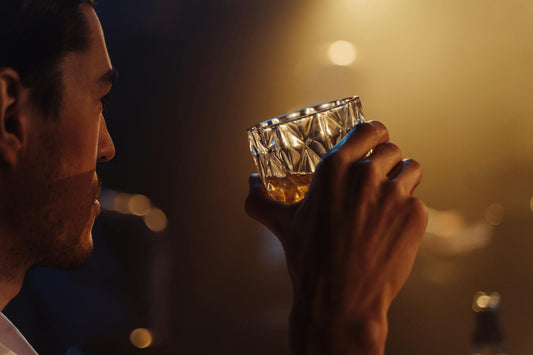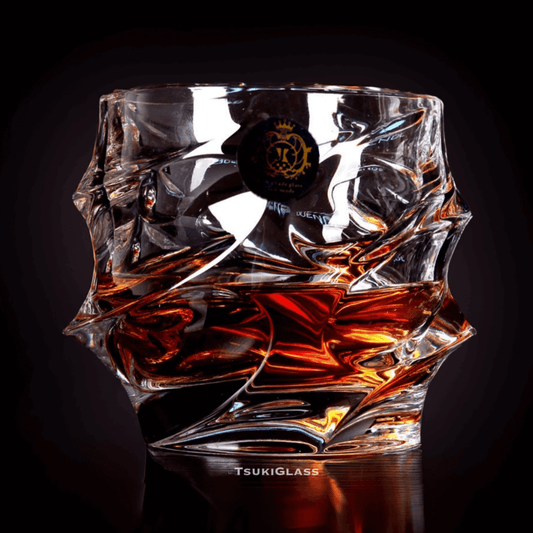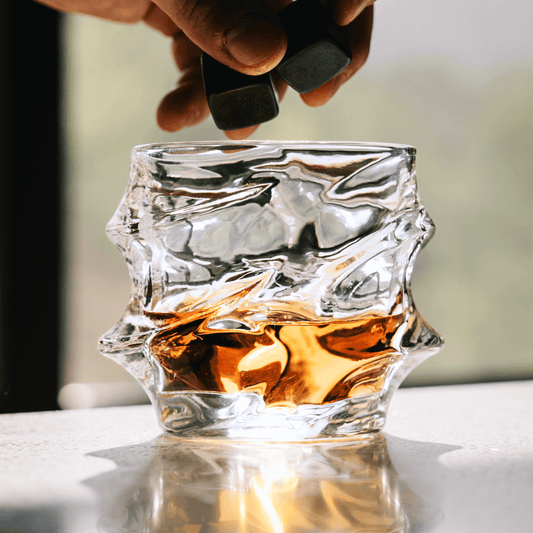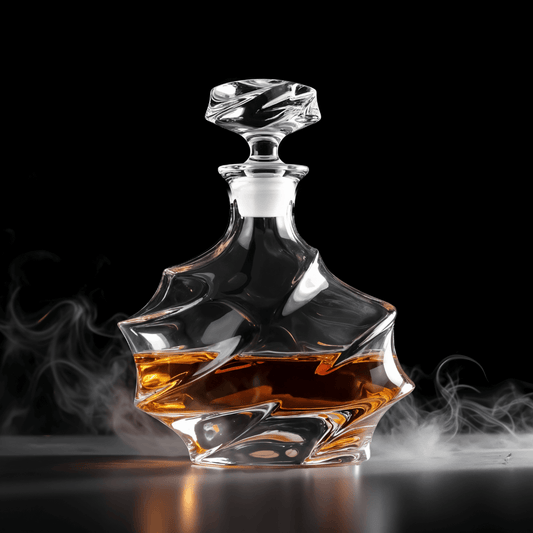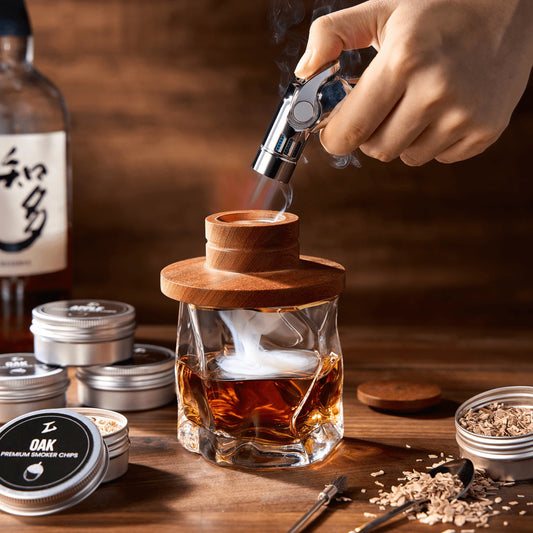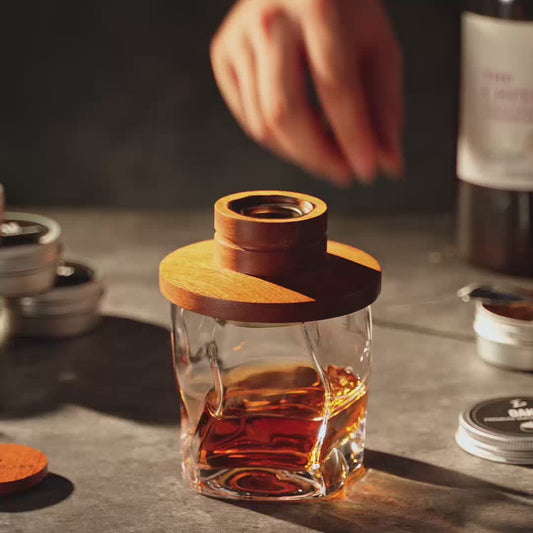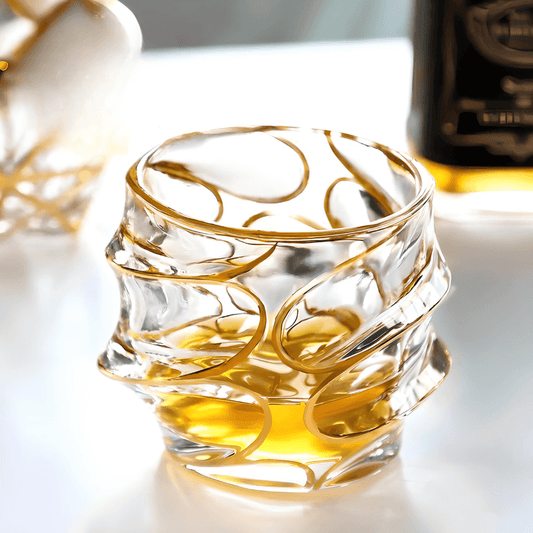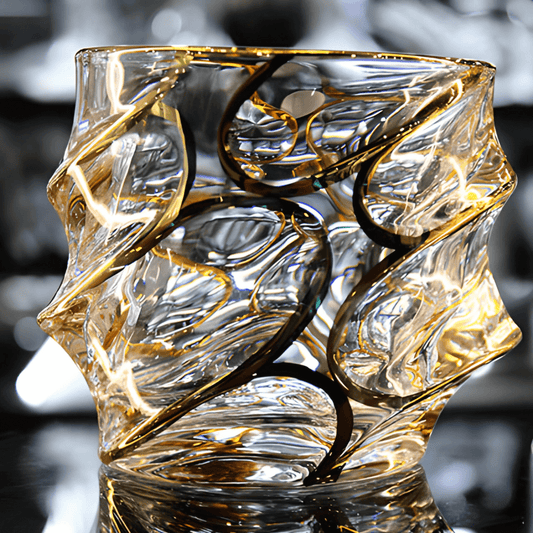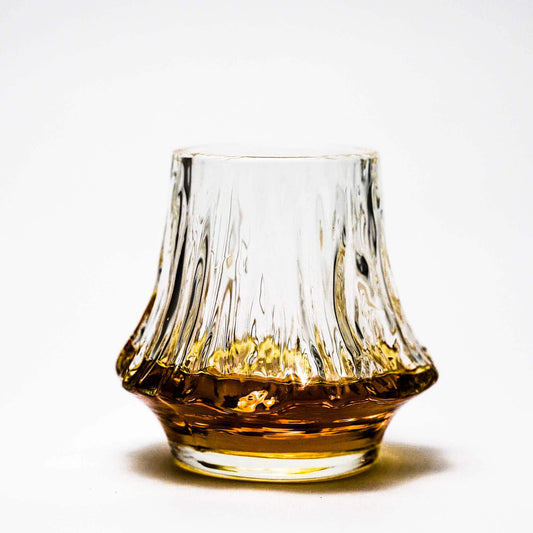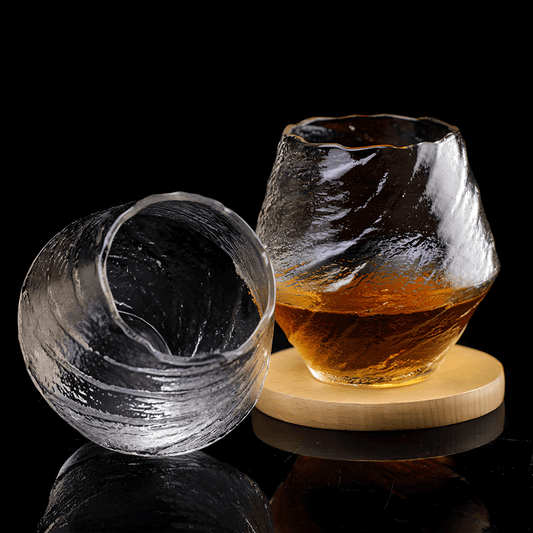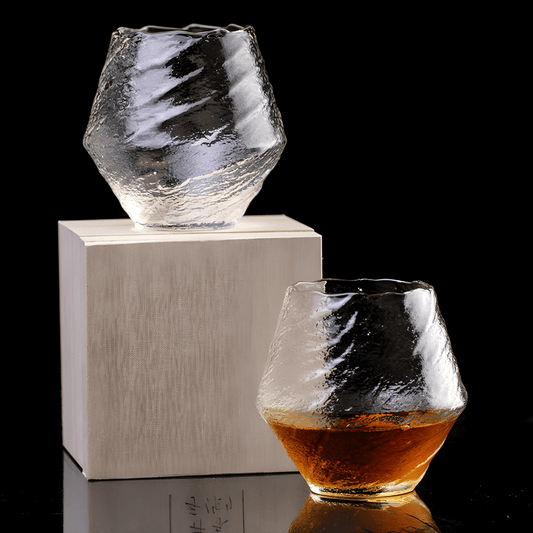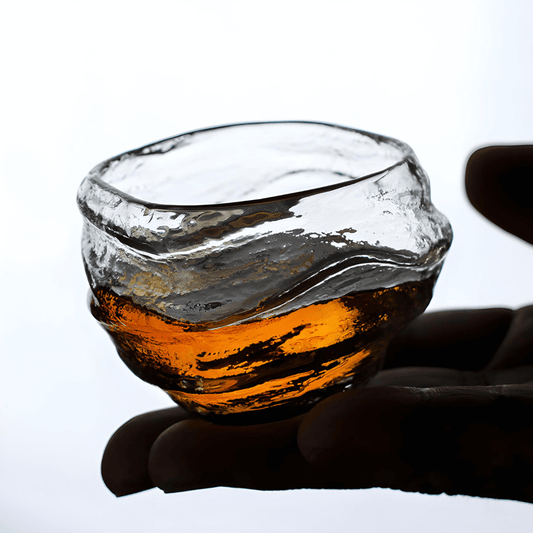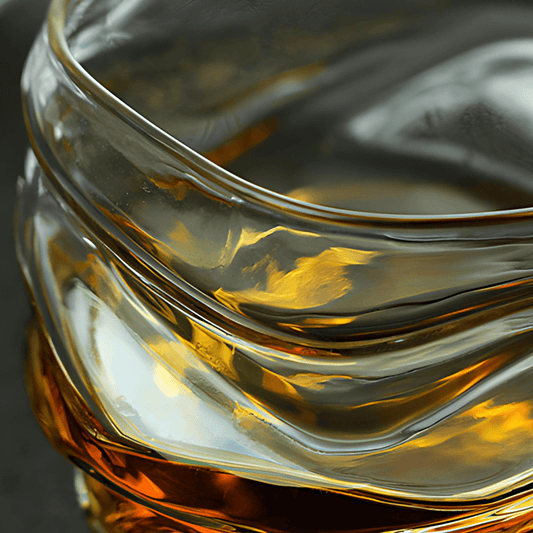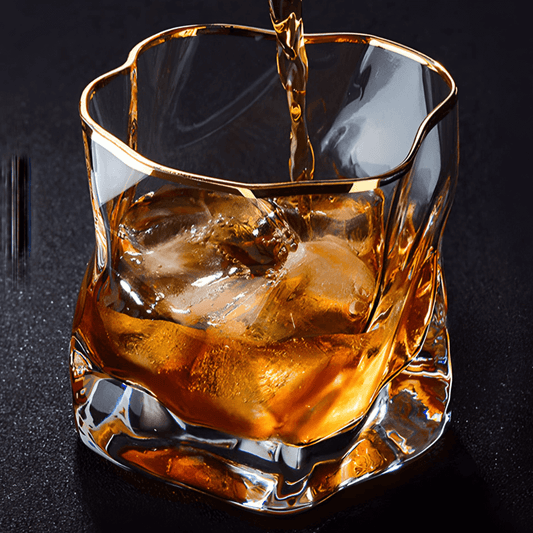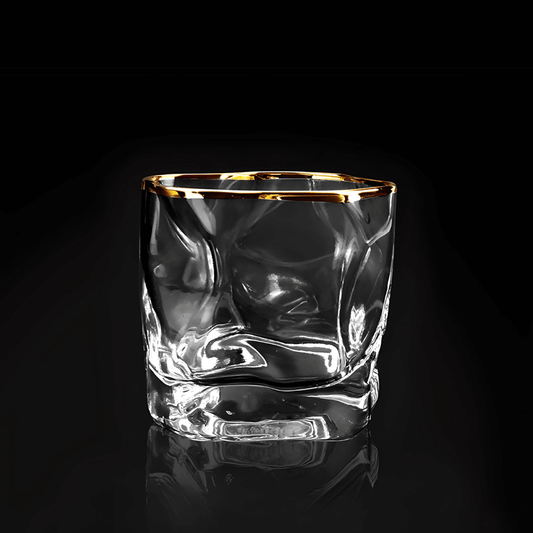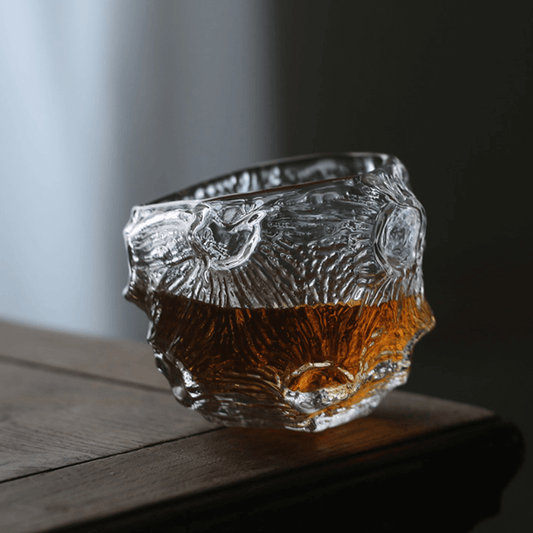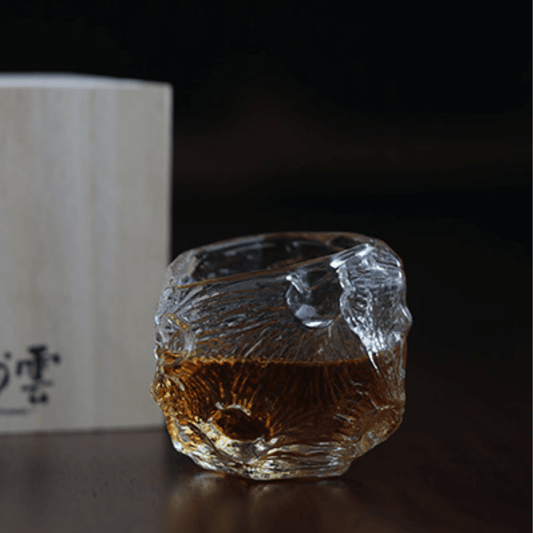Japanese whisky glasses have an intriguing story that mirrors the country's rich cultural tapestry. Each glass is not just a container but a reflection of history and artistry. From traditional beginnings influenced by ancient craftsmanship to the sleek designs of modern times, these glasses tell a story of transformation and adaptation.
The journey of Japanese whisky glasses is a blend of tradition and innovation. Early designs were shaped by the unique needs of Japanese drinkers, focusing on capturing the essence of the whisky while celebrating the art of glassmaking. Over the years, influences from around the world began to alter their styles and functions.
Today, the world of Japanese whisky glasses stands at a crossroads, balancing time-honored techniques and modern demands. This evolution not only highlights the creativity of Japanese artisans but also underscores the dynamic interplay between preserving traditions and embracing new trends. Whether old or new, each glass remains a symbol of Japan's deep respect for whisky and the craft that enhances its enjoyment.
The Origins of Japanese Whisky Glasses
Early Influences and Traditional Designs
Japanese whisky glasses have their roots in the country's age-old traditions and values. Early designs took cues from Japanese tea ceremonies where the elegance of serving ware was as important as the drink itself. Every piece was purposeful, crafted to elevate the experience while showcasing the beauty of the materials used. Traditional Japanese aesthetics valued simplicity and functionality, which were reflected in the early whisky glass designs.
Whisky came to Japan thanks to curious craftsmen inspired by whisky's reputation overseas. The glassware had to match this drink, both in visual appeal and performance. They created glasses with clean lines and subtle details, often resembling other traditional Japanese vessels. These designs focused on a perfect balance, allowing whisky to breathe and enhancing the tasting experience.
Materials and Craftsmanship in Ancient Times
The craftsmanship involved in early Japanese whisky glasses was also noteworthy. Skilled artisans used local materials such as hand-blown glass, wood, and metals to create unique cups. Each material was selected to either complement or contrast the whisky's character. For instance, some materials had insulating properties, maintaining the drink's temperature, while others were more about showcasing the drink's color and clarity.
Glassworkers practiced techniques passed down through generations. They emphasized precision and attention to detail, ensuring that each glass served its purpose and told a story. These techniques laid the foundation for future designs, influencing how whisky glasses evolved over the years. Artisans took pride in merging form with function, creating a legacy of quality and distinction.
Evolution Through the Ages
The Influence of Westernization on Glass Design
As Japan opened its doors to the outside world, a wave of Western influences touched many aspects of Japanese life, including the design of whisky glasses. During the Meiji era, Western styles and technologies began to blend into traditional Japanese artistry. This cultural exchange offered new ideas and techniques that reshaped the way whisky glasses were made.
Artisans adopted Western glassblowing methods and experimented with different shapes and forms, such as the snifter and tumbler, which were popular in Europe and America. These styles provided new ways to experience whisky aromas and flavors. The introduction of lead crystal added an element of opulence, appealing to both domestic and international audiences seeking luxury in their glassware.
Shifts in Styles and Techniques Over Time
Over the years, the styles of whisky glasses in Japan have undergone various changes, reflecting broader societal shifts. As more people embraced whisky, the demand for diverse glass designs increased. This led to innovations in both form and function, catering to different preferences and experiences.
Techniques evolved to enhance both visual appeal and functionality. Cut glass patterns became trendy, adding a decorative element that played with light and shadow. The thickness of glass varied to offer users a range of weight and comfort in the hand. Styles became more eclectic, with some designs prioritizing practicality and others focusing on artistic expression.
These changes in whisky glasses over time highlight a journey of adaptation and creativity, capturing the spirit of Japanese innovation. Through these shifts, Japanese artisans have managed to preserve the essence of traditional craftsmanship while embracing forward-thinking ideas.
Modern Innovations in Japanese Whisky Glassware
Key Features of Contemporary Designs
Japanese whisky glasses have continued to evolve, taking inspiration from both traditional roots and modern demands. Contemporary designs often prioritize enhancing the sensory experience of whisky drinking. Many of today's glasses focus on features like ergonomic shapes that comfortably fit in the hand, narrow rims to concentrate aromas, and wide bowls to allow whisky to breathe.
Modern glasses often incorporate minimalist aesthetics that highlight the whisky itself. Clean lines and sleek designs offer a sophisticated look that complements the rich tones of the drink. Some glasses also feature artistic elements, such as etched patterns or unique shapes, that serve both decoration and function, like improving grip or aesthetics.
The Role of Technology in Modern Glass Production
Technology plays a pivotal role in the creation of modern whisky glasses. Advanced glassmaking techniques allow for more precision and consistency in production, ensuring each glass meets high standards of quality. Machines help in shaping and cutting glass with accuracy that was hard to achieve by hand.
Innovations in materials lead to stronger and lighter glasses, enhancing durability without compromising elegance. Some manufacturers use lead-free crystal, which maintains the clarity and brilliance of traditional lead crystal, but with improved safety and environmental friendliness. Technology helps reduce imperfections, resulting in glassware that reliably meets the expectations of whisky enthusiasts worldwide.
Preserving Tradition While Embracing Change
Balancing Heritage with Modern Trends
Japanese whisky glassmakers face the ongoing challenge of preserving traditional craftsmanship while integrating modern trends. This balance involves maintaining high standards of artisanship that respect the historical techniques and values that have defined Japanese glassmaking for centuries. Artisans carefully blend these traditional methods with innovative design concepts that appeal to a global audience.
The focus is on creating pieces that are both functional and beautiful, catering to a diverse range of tastes. Some companies offer customizable glassware, allowing customers to add a personal touch while still honoring classic designs. This approach demonstrates a commitment to tradition while inviting contemporary creativity.
The Impact of Globalization on Japanese Glassware Styles
Globalization significantly influences Japanese whisky glassware today, fostering a rich exchange of ideas and styles from around the world. This blend of cultural influences results in a broad array of designs that reflect diverse aesthetics, catering to international markets and increasing the popularity of Japanese whisky glassware globally.
Collaboration with international designers and customers helps Japanese glassmakers stay at the forefront of the industry, continuously adapting to new trends while staying true to their roots. This global interaction drives innovation without losing sight of the cultural heritage that defines Japanese craftsmanship.
Conclusion
The journey of Japanese whisky glasses from tradition to modernity tells a story of adaptation and innovation. Rooted in a rich cultural past, these glasses have embraced technological advancements and global trends, evolving into the sophisticated designs admired today. Each piece reflects a dedication to craftsmanship and a willingness to meet changing demands while preserving the essence of Japanese artistry.
Explore the fusion of tradition and modernity with TsukiGlass's collection of exquisite and unique whisky glasses. Celebrate the artistry and innovation that define Japanese glasses, and discover how they can enhance your whisky experience. Let TsukiGlass guide you through the history and innovation of Japanese whisky glasses, offering the perfect vessel for both connoisseurs and newcomers alike.




